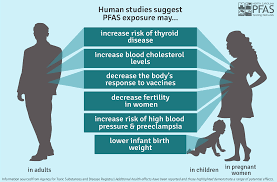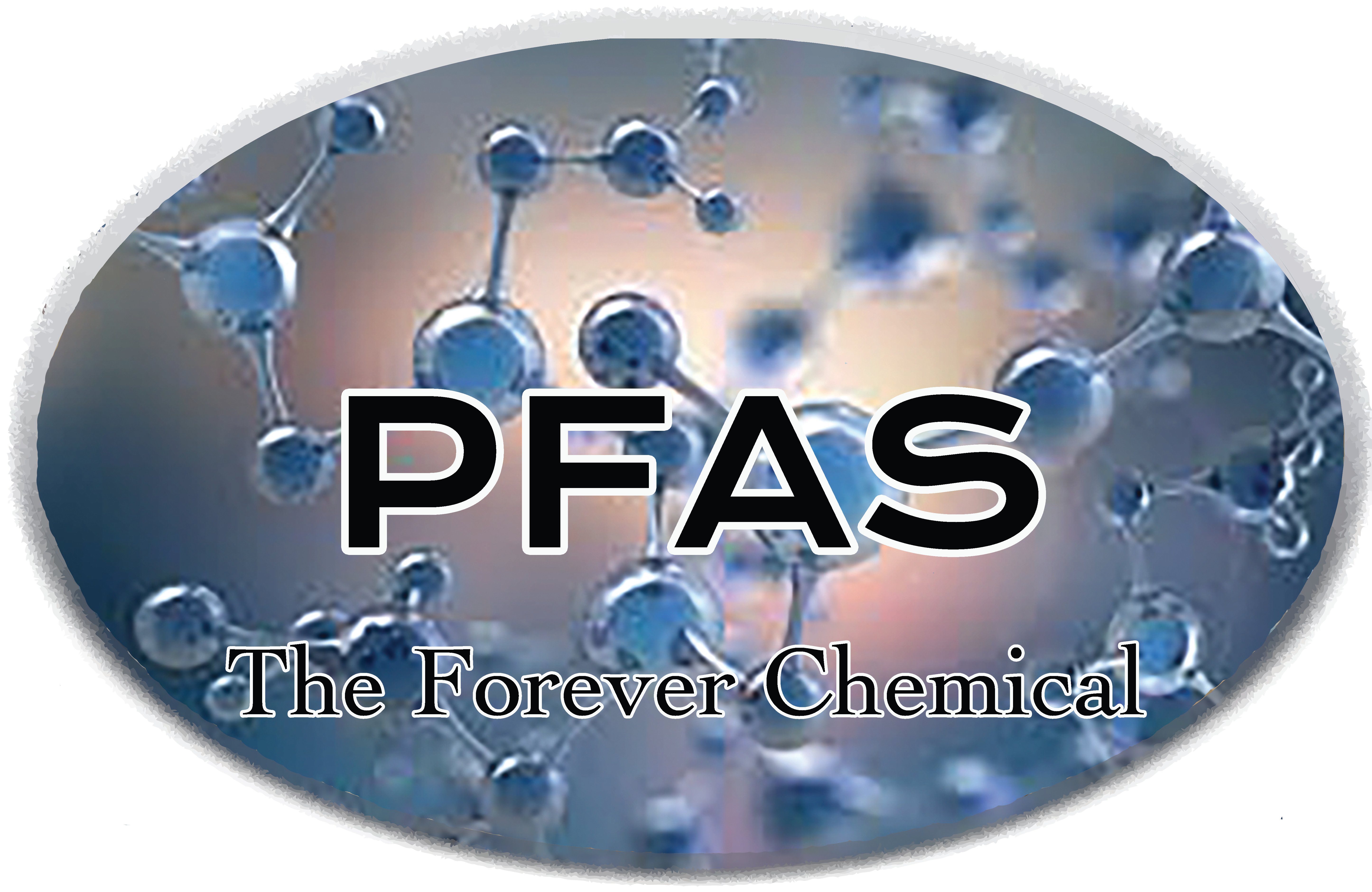PFAS and PFOA, commonly known as "the forever chemicals," include perfluorooctanoic acid (PFOA) and perfluorooctane sulfonic acid (PFOS). Their use has been banned in the U.S. and other countries because of the health risks and long-term health impacts.
These chemicals have been used for many years to produce various items. They are found in non-stick cookware, food packaging, stain repellents, and many other products in America and abroad. Their long-lasting nature makes them an ideal choice for manufacturers. These chemicals have been studied and have been found to cause health issues.
Knowing the sources, making conscious decisions about products, limiting processed and packaged foods, and opting for safer alternatives is essential. You can protect yourself and your family from potential harm through these steps.
PFAS and PFOS are classes of chemicals used in many ways. They are used in nonstick cookware, stain repellents, and food packaging.
There are two main types of PFAS:
- Traditional PFAS
- Next-generation PFAS (also known as 'long-chain' PFAS).
Next-generation PFAS
Have been identified as contaminants in drinking water and other consumer products. Examples of these are perfluorohexane sulfonic acid (PFHxS), perfluorooctanoic acid (PFHpA), and perfluorononanoic acid (PFNA). Unfortunately, next-generation PFAS are not regulated by the United States Environmental Protection Agency (EPA).


